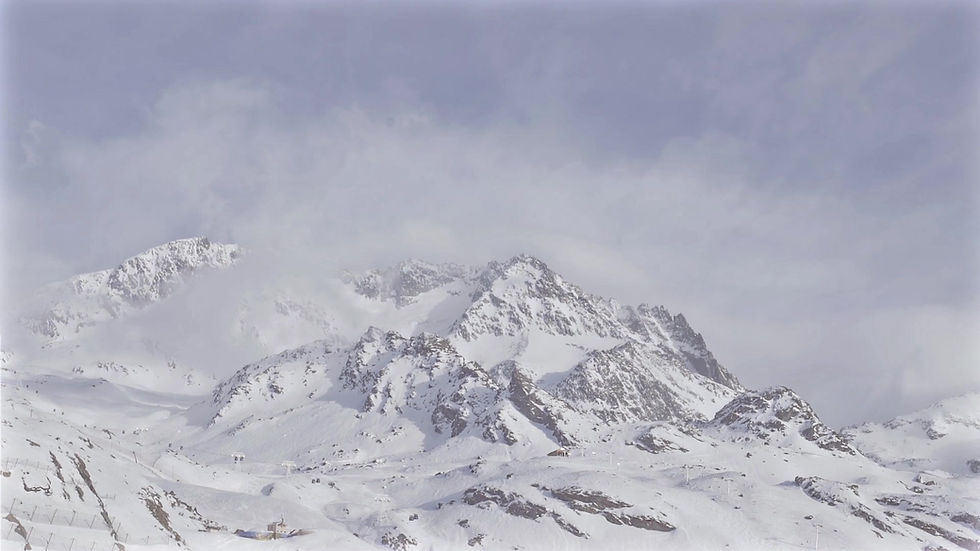Beachcombing in Canoa, Ecuador: Unveiling Ancient Hidden Treasures
- Con Todo Canoa
- Oct 14
- 3 min read
Imagine walking along the beach in the morning, the sound of waves crashing, and suddenly, you see something poking out of the sand. It’s not just a seashell, it’s a piece of history, maybe thousands of years old!

That’s what makes beachcombing in Manabí, Ecuador, so special. The beaches here are filled with hidden treasures from ancient civilizations, waiting to be found by explorers like you.
Canoa's beaches are known for things washing ashore that tell stories of the past.
The strong Humboldt Current from the south and the warmer El Niño Current from the north mix in this area, creating perfect conditions to uncover ancient artifacts.
These currents sweep up objects from the ocean floor and deposit them along the shores, offering pieces of Ecuador's rich history right at your feet.

River Civilizations and Buried Treasures
Long before the Spanish arrived, civilizations lived along the many rivers that flow through the Manabí region.
These people buried their treasures and artifacts near the riverbanks, hoping to preserve them. However, when heavy rains came, the rivers would flood, washing these hidden treasures out into the sea.
Over time, storms would stir the ocean, delivering these ancient items onto the shores.
This is why, after a big storm, beachcombers often find pieces of pottery, tools, or even small sculptures that were once buried inland.

The Jama Coaque culture, which lived here over 2,000 years ago, was one of these river-based civilizations.
They made beautiful pottery and figurines, often depicting animals or humans, which they buried as offerings or in daily use.
Today, these artifacts still wash up on the beaches, waiting to be discovered. The cool thing is that many of these objects have survived because the beaches here are so quiet and undisturbed.
Sometimes, when the waves recede, they reveal these amazing pieces, hidden just beneath the sand.

What You Can Find
While walking the beach, you might come across pottery shards, tiny ceramic figurines, or even arrowheads made by the Jama Coaque. Some of the ceramic figures show people, animals, or symbols from their ancient beliefs. These objects are clues about how the Jama Coaque lived, what they believed, and how they interacted with their environment.
And it’s not just ancient history. You might find remains of old ships or bones of sea creatures long gone. These beaches are a mix of nature and history, all rolled into one exciting adventure.

The Story Behind the Sand
As you walk, it’s easy to imagine what life was like for the people who created these artifacts.
In 1491 by Charles C. Mann, he explains how ancient civilizations in the Americas were more advanced than we used to think. The Jama Coaque were part of this incredible history. They built homes, traded goods, and made tools long before Europeans arrived.
Mann also talks about how these civilizations had to adapt to the environment around them.

After the Arrival of Columbus
In 1493, Mann discusses how the arrival of Europeans changed the world forever. But, in Manabí, many artifacts from before that time are still here, preserved by nature. These ancient items tell stories of a world before the Spanish arrived. By holding a piece of pottery or a figurine in your hand, you’re holding a part of that world, a time before global trade and colonization reshaped the Americas.

Why It Matters
When you stay at the Coconut Beach Hotel, you don’t just relax by the ocean. You become part of history.

Beachcombing here is like opening a time capsule. Every step along the shore could uncover something amazing, something that has been lost for centuries. These beaches are not just for lounging; they are for discovering.

So, whether you’re hunting for seashells or ancient artifacts, Manabí’s beaches offer something truly unique. They combine adventure with history, letting you explore not just the natural beauty of the coast but the stories that have been buried there for thousands of years.

Who knows? Maybe the next treasure found will be yours.






Comments